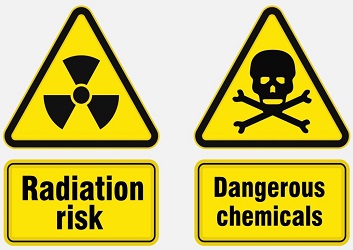A corrective and preventative action (CAPA) program’s primary purpose and expected benefit is the ultimate elimination of nonconformities in an organization’s quality management system (QMS).
The CAPA process is designed to detect, determine, and deal with non-conformities as they arise within the operations of a QMS. This process includes investigating defined/discovered problems, determining the root cause(s), undertaking corrective action on the process in question, and acting to prevent recurrence of the root causes.
An organization should determine when to initiate a CAPA. The proper response should align with any root cause determination. It is also required to perform a risk assessment of the underlying issue (non-conformity). The proposed corrective action to determine what risk (or opportunities) may affect the outcome of the organization’s QMS.
Once a CAPA is initiated, the first step is determining the root cause of the underlying non-conformity. Remember, this is not a simple or “one-step” process and may take a team approach to detect and define the root cause. Additionally, an event or occurrence may have more than one root cause. The organization should address each cause independently to deal with the nonconformance issue(s).
Once the root cause has been sufficiently determined, the organization should develop a plan to deal with the non-conformity. The program should involve responsible personnel for the process affected by a nonconformance.
Each group may provide helpful information for a plan that will effectively correct and prevent the recurrence of the underlying non-conformity. This is a crucial stage of the CAPA process. If an organization is not diligent in its planning stage, the plan can be insufficient to address and correct the nonconformance. This stage would need to be repeated until achieving a successful outcome.
The third stage of CAPA is implementing the plan and monitoring results. The results will immediately determine if the plan is successfully working. This stage may be implemented in phases or at once. The organization should evaluate the needed data to be monitored and what data will reflect success. This phase may be short (say, one week) or an extended period based on the corrective action being sought and the process being corrected (think, operation of a valve that failed after one year but is warranted for 20 years – it may take time to determine if the corrective action is correcting the issue.
Verification of the CAPA effectiveness is the final stage of the CAPA process. This phase results from the data collected and the organization’s time to confirm that the CAPA is successful. If the organization determines verifiable results, the CAPA can be closed. The stage is wholly reliant upon the diligence of stage three, and the results prove a successful outcome.
Choose suitable software for your business from QISS essential software list. We are always ready to provide you ISO-based QMS services through QISS QMS software.






